SaaS vs. PaaS vs. IaaS: What’s the Difference between These Services and How Should You Choose

“The clouds – the only birds that never sleep”
Victor Hugo – the French Poet, Novelist & Dramatist – who lived in the 1800s wouldn’t even know how wise his words were. Across the seas, the tropics, the Icelandic turns, the vivacious luxuries of life, and whatnot – the inexplicable transformation of technology, data storage, and operations have helped the world more than ever imagined.
The “cloud” we are hovering with right now is that from a remote data storage system allowing access to software & services via different devices using an app or an Internet browser.
Popular platforms like Gmail, Facebook, Dropbox, Apple iCloud, etc. are real-life examples of cloud computing. And, the three types of cloud computing are:
- Software-as-a-Service (SaaS)
- Platform-as-a-Service (PaaS)
- Infrastructure-as-a-Service (IaaS)
Peeping through these topics, we will understand the efficacy & limitations of these kinds of cloud computing. Consider it as enlightenment for deciding the scope of your future.

A company offers the software, hosted in the cloud, via the Internet for subscription-based purchases.
Here, Software = Service.
Any individual or company subscribes to the SaaS offered by a company to avoid:
- Extraordinary costs for infrastructure
- IT Infrastructure management & upgrade
- Intense installation chaos & additional tedious tasks
Classic entrants in the industry understand the efficiency, scalability, and reliability of these cloud computing services, which is why the immediate switch to these systems for building, nurturing, and growing their business.
The end-users, for example – employees, don’t need to download & install this software on their systems. They simply open a web browser for accessing the software. This web delivery model engages vendors to handle the data, technical issues, storage, servers, and middleware – ensuring seamless support & maintenance to the business.
When Should You Choose SaaS Cloud Computing Services
Before startups, we’d bat for entrepreneurs who have a dynamic dream of starting something of their own, which is not even startup or any outlined project in their minds.
Aspiring leaders of startups and small businesses without software or server or setup for eCommerce launch should venture into SaaS for both mobile and web access.
So, if you are interested in a short-term or small-scale project, you can invest in SaaS for quick, affordable, and easy-to-use operations. Also, if you are scaling for simple applications that don’t get used frequently, this is what you should sign up for.
What Are The Limitations of SaaS?
We see that wasn’t too far from now. Before you discover it later, you should know that:
- SaaS doesn’t see interoperability or integration as a seamless operation. Even if you have a tech-savvy team for building your own integration systems, you may not reach high-quality success in there.
- Vendors limit functionality, integrations, and performance for users, which isn’t ideal for customization at all. In addition, the customers don’t enjoy full control of their data given that the involvement of a third-party service provider.
- Despite SLA or Service Level Agreements at the highest standards, compromise on performance, downtime, data security & maintenance remains a primary issue. Besides, lock-in costs may defer the idea of shifting to another vendor.
Platform-as-a-Service (PaaS)
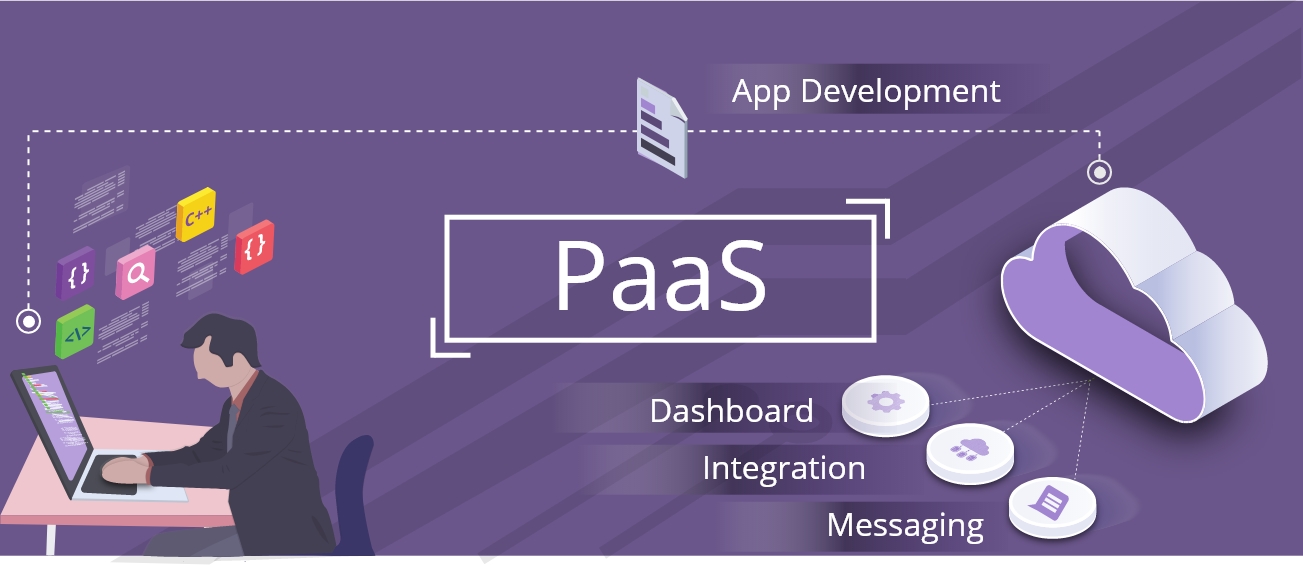
Have you heard of Google App Engine?
It is a server-less application platform fully managed by Google allowing developers to build & deploy great applications using a wide range of popular languages like Java, Node.js, .Net, C#, PHP, Ruby, and developer tools.
The platform here is served as a service to the developers, hence, PaaS or Platform-as-a-Service.
As it enables developers to build custom applications, they don’t need to care about its storage & management, software updates, operating systems, or infrastructure.
Being a business owner, you can utilize PaaS for developing high-quality and scalable applications with special software components using reliable programming languages and developer tools.
PaaS Play On Advantages
It won’t be wrong to say that PaaS offers simple & cost-effective deployment of applications with complete freedom for customization.
Some defining characteristics include:
- Virtual technology to scale up & down resources responding to business alterations.
- Plethora of services for developing, testing, and deploying applications.
- Easy & swift migration from a simple to a hybrid model.
- Integration of databases and web services via PaaS.
- Reduces exhaustive and redundant coding activities.
When Should You Choose PaaS Cloud Computing Services
When the streamlined workflow is necessary for developers on the same application development project, PaaS should get an entry pass. As it also facilitates vendors to join, the project development is resplendent with agility & flexibility in the true sense.
Though not always, PaaS does simplify a few challenges for developers on their course for developing customized applications. If you hold onto it with an intuitive team of developers, you have the chance to create unique applications minus the worries for extensive coding, system administration, or security patches.
What Are The Limitations of PaaS?
We’re afraid to tell you that PaaS does have a moderate suite of limitations.
Encouraging you to learn about them is for the intent to help you while developing applications. Some of what we might want to mention includes:
- Data security remains a bone of contention for customers since it does not append hosting policies for deploying services appropriately.
- Legacy IT systems may inflict serious issues regarding integrations, customizations, and configurations – leading up to become a complex IT infrastructure.
- Vendor lock-in, operational limitations, and runtime issues dampen optimal performance and operational controls for frameworks.
Infrastructure-as-a-Service (IaaS)
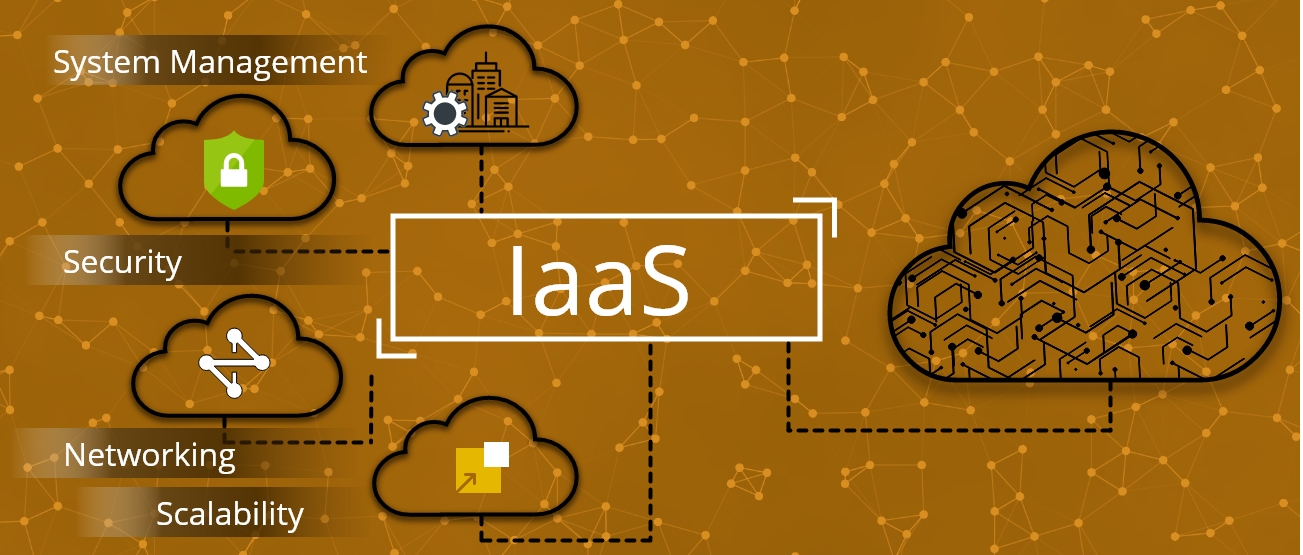
They are giving it out and loud that the other two, PaaS and SaaS, weren’t giving.
The infrastructure that we’re discussing here is a highly scalable and automated arrangement of resources, which include computers, networks, servers, operating systems, storage, and other services on-demand. You don’t need to pay for buying the hardware.
IaaS clients a virtual data center without needing to intervene for personally managing these computing resources. Unlike SaaS and PaaS, IaaS thrives on applications, operating systems, runtimes, data, and middleware.
Well, the IaaS providers manage virtualization, servers, networking, hard drives, and storage. Additionally, some providers may facilitate databases, message queuing, and more services for their clients.
How Is IaaS Advantageous for Clients?
Will we exaggerate if we call it a complete cloud computing model?
Some may not choose to agree, but they can’t argue the fact the IaaS model is flexible. From automated deployment of computing resources to complete cruise control to highly scalable solutions, IaaS delivers right away. You, as a client, can buy resources when you are in need.
This agile system doesn’t lead clients into vagrant conditions due to consumption-based costs. Most of the modern entrepreneurs or businesspeople can cast any other option downside for this amazing resource-driven infrastructure.
When Should You Use IaaS Cloud Computing Services?
Whether you are a startup company, a small business, or a large business that needs scalable solutions for rapid infrastructure requirements, IaaS is perfectly made for you.
Irrespective of applications, you enjoy the flexibility of choosing hardware/software for what you need at the time without worrying about costs.
What Are The Limitations of IaaS?
The IaaS cloud computing model isn’t adrift from PaaS or SaaS-like limitations. Though issues like data security, vendor lock-in, customization, etc. stay afloat, a few particular limitations include:
- The infrastructure bereft of specific controls can limit the motion of legacy systems, which may require additional enhancements, but not without exposure to security risks.
- Multi-tenant cloud architecture defines some over-dependability on vendor regarding data security and management due to dynamic allocation.
Conclusion
You can analyze your organizational requirements for specific features and functionalities. Of course, you would like to weigh the facts on personal IT infrastructure and virtual IT infrastructure for a while, but that will only reveal the pros and cons of both sides.
A cloud-based infrastructure is the future that is significantly pacing into reality. Whether you need storage or platform or infrastructure of resources, you can depend on cloud service for a financial cost much less than a tangible arrangement.
RECENT blogs >>>

Top 10 Cloud Storage Providers in 2021
Physical servers used to have numerous tasks, such as Exchange Server, SQL Server, File server, and so on, before the arrival of cloud platforms and
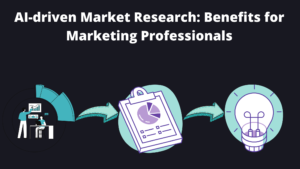
AI-driven Market Research: Benefits for Marketing Professionals
5 Marketing Applications of Artificial Intelligence! Marketers may use artificial intelligence to create highly tailored consumer experiences at a fraction of the expense of traditional
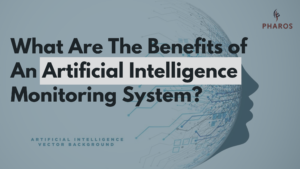
What Are The Benefits of An Artificial Intelligence Monitoring System?
Artificial intelligence Monitoring System has been around for quite some time now. From quick search engine suggestions to robot greeters at shopping malls, AI is
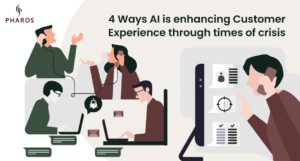
4 Ways AI is enhancing Customer Experience through times of crisis
AI, being one of the leading trends in technology, has continued to gain immense popularity for marketers as well as sales professionals and has grown

10 Ways You Can Leverage AI To Boost Your Business
“Business with AI, is that even real?” Yes, it’s 100% real and authentic. Businesses have started adapting Artificial Intelligence (AI) to automate repetitive tasks and

Natural Language Processing (NLP) takes the travel and tourism industry to newer heights!
The travel industry is an extensive sector, encompassing many other small sectors as well. Holiday planning,aviation sector, hospitality industry & the government together form the